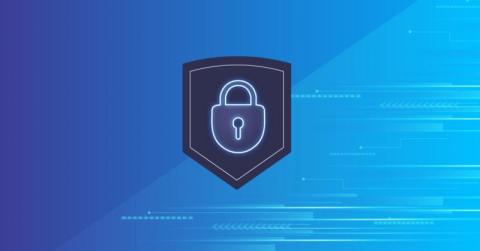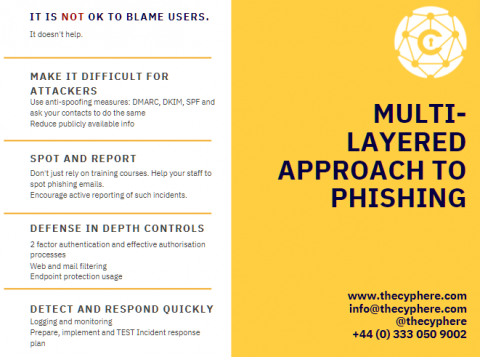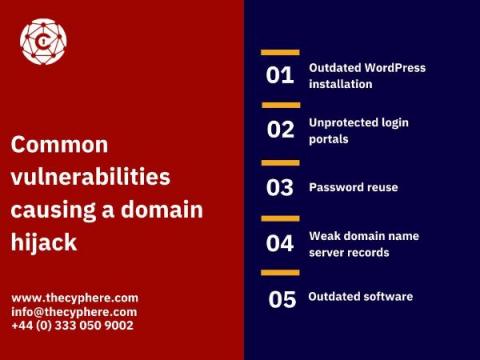Why marketers can't ignore bot traffic on their sites in 2022
As a thorn in the side of marketing teams of all sizes, awareness of ad fraud has grown in recent years due to the sheer amount of money it can cost advertisers. In one famous case, Uber discovered fraudulent app installs attributed to its ads had cost the company $100 million. But it’s not just overtly malicious activity like ad fraud that marketing budget-setters need to be concerned about. Marketers must be aware of the potential damage bots of all kinds can do, intentionally or otherwise.











